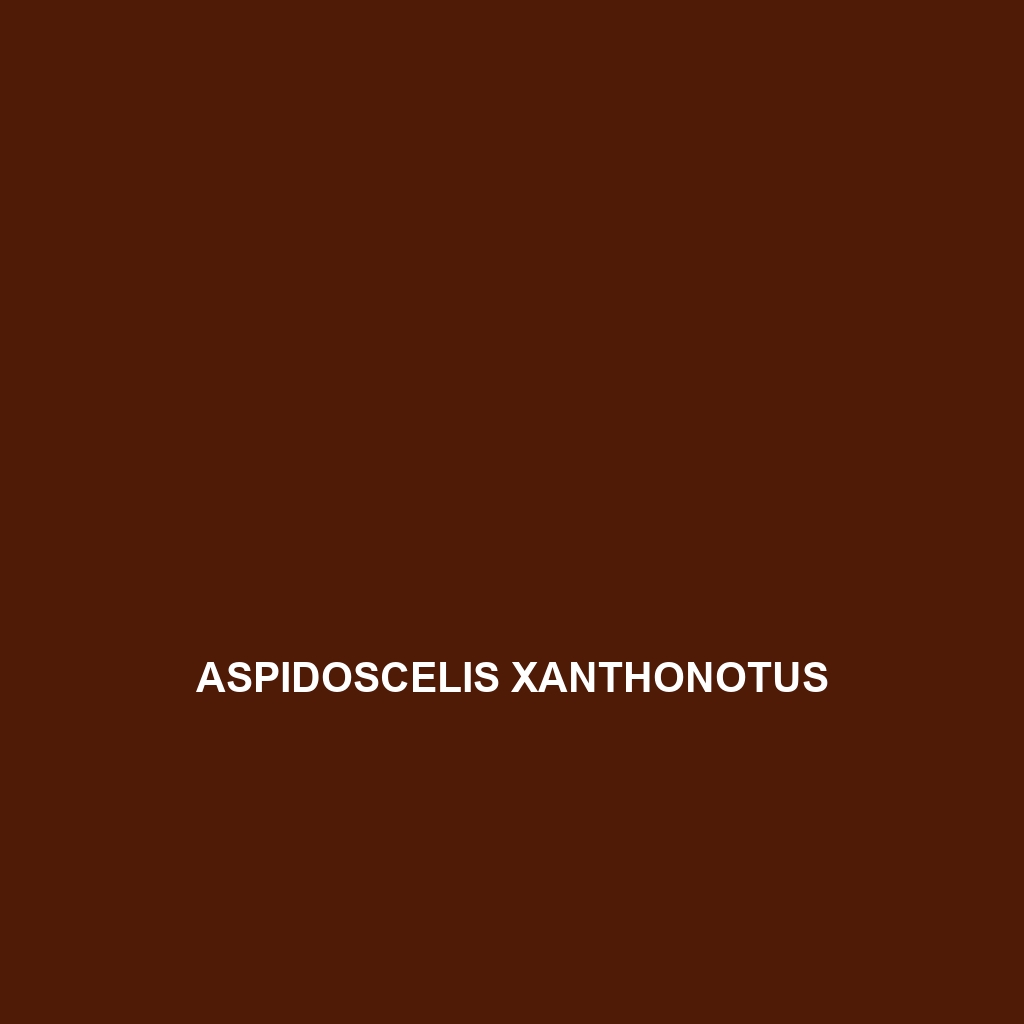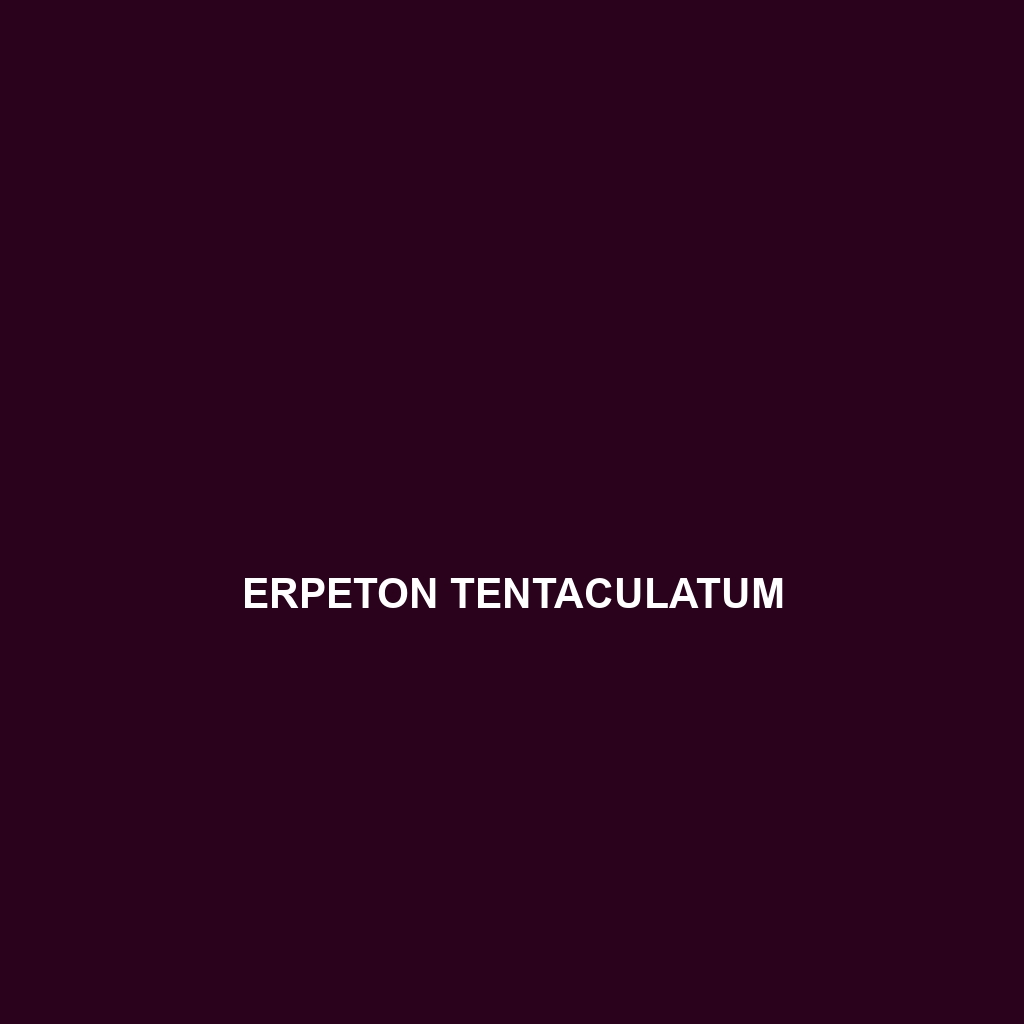
Tag: insectivorous reptiles
-

Brachymeles pathfinderi
Discover the unique Brachymeles pathfinderi, a legless lizard native to the tropical forests of the Philippines, known for its impressive camouflage, nocturnal behavior, and essential role in controlling insect populations. This vulnerable species thrives in humid environments and showcases remarkable adaptations, including the ability to absorb moisture through its skin.
-

Brachymeles muntingkamay
Discover the unique Brachymeles muntingkamay, often called the “blind skink,” a Vulnerable species native to the Philippines that thrives in humid forests. With its sleek, worm-like body, reduced limbs, and diet primarily consisting of small invertebrates, this nocturnal reptile plays a crucial role in controlling insect populations and maintaining soil health.
-

Brachymeles miriamae
Discover the unique Brachymeles miriamae, a vibrant green or brown skink native to the rainforests of the Philippines, known for its elongated body, smooth scales, and diurnal behavior. This insectivorous species plays a crucial role in maintaining ecosystem balance by controlling insect populations and thrives in moist environments, making it a fascinating addition to any…
-

Brachymeles burksi
Brachymeles burksi, commonly known as the legless skink, is a slender, elongated species native to the tropical rainforests of Mindanao and Leyte in the Philippines. This fascinating skink, reaching lengths of 15-20 cm, is nocturnal, ovoviviparous, and plays a vital role in its ecosystem by controlling insect populations and contributing to soil health.
-

Brachymeles brevidactylus
Discover the fascinating Brachymeles brevidactylus, or short-toed skink, a unique insectivorous species found in the tropical rainforests of the Philippines, recognized for its smooth scales, reduced hind limbs, and nocturnal foraging behavior, while playing a crucial role in maintaining ecological balance. This species is currently classified as Vulnerable due to habitat loss, making conservation efforts…
-

Brachymeles bonitae
Discover the beautiful skink, Brachymeles bonitae, a striking insectivorous species native to the tropical forests of the Philippines. With its lustrous dark brown to olive-green scales and unique burrowing abilities, this vulnerable skink plays a vital role in regulating insect populations and maintaining ecosystem health.
-

Aspidoscelis xanthonotus
Discover the Aspidoscelis xanthonotus, also known as the yellow-nosed whiptail, an agile and vibrant lizard native to the arid regions of the southwestern United States and northern Mexico. With distinctive yellow stripes, this diurnal insectivore plays a key role in its ecosystem, controlling pest populations and maintaining biodiversity.
-

Aspidoscelis hyperythrus
Discover the Aspidoscelis hyperythrus, or western whiptail lizard, a striking species known for its slender body, iridescent scales, and agility. This diurnal lizard thrives in the southeastern US and northern Mexico, primarily inhabiting sandy, arid environments, and plays a vital role in controlling insect populations while serving as prey for larger predators.
-

Australolacerta australis
Discover the Australolacerta australis, or southern lacertid, a slender lizard native to southern Europe, thriving in warm, temperate habitats like dry grasslands and rocky areas. This agile diurnal species is known for its remarkable camouflage, vibrant courtship displays, and plays a crucial role in controlling insect populations in its ecosystem.
-

Aspidoscelis danheimae
Introducing the Aspidoscelis danheimae, or Danheim’s whiptail, a striking lizard found in the arid regions of the southwestern United States and northern Mexico. Known for its agile movements, it features a length of 15 to 20 inches and displays light brown to olive green coloration with distinctive stripes, playing a vital role in controlling insect…
Search
Popular Posts
-
Erymnochelys madagascariensis
Discover the Madagascan Turtle (Erymnochelys madagascariensis), an endangered freshwater species known for its distinctive oval-shaped, camouflaged shell and elongated neck. This herbivorous turtle plays a crucial role in its ecosystem by maintaining aquatic vegetation and contributing to biodiversity in Madagascar’s unique habitats.
-
Erpeton tentaculatum
Erpeton tentaculatum, commonly known as the tentacled snake, is a unique, agile aquatic predator found in Southeast Asia’s freshwater ecosystems, distinguished by its elongated body and tentacle-like structures near its snout. This carnivorous species thrives in tropical climates, feeding primarily on fish and amphibians while playing a vital role in maintaining the balance of its…
-
Eroticoscincus graciloides
Introducing the Eroticoscincus graciloides, or slender skink, a striking reptile found in the lush rainforests of Papua New Guinea. This nocturnal, insectivorous skink showcases a slender body ranging from 10 to 15 cm, featuring smooth, glossy skin that varies in color from light brown to dark chocolate, and plays a crucial role in maintaining insect…
Categories
Archives
Tags
animal adaptations (752) animal behavior (4719) animal reproduction (783) bat species (661) behavior (919) biodiversity (6948) conservation (1670) conservation efforts (1473) conservation status (4782) diet (2098) echolocation (822) ecological balance (1512) ecological role (1397) ecology (790) ecosystem (1468) ecosystem role (2651) ecosystem roles (654) endangered species (2391) environmental conservation (685) habitat (3242) habitat conservation (928) Habitat Destruction (999) habitat loss (2967) insectivorous reptiles (682) IUCN Red List (1446) lizard reproduction (666) nocturnal animals (2695) nocturnal behavior (2243) physical characteristics (1981) reproduction (2853) reptile conservation (919) rodent (677) rodent species (1325) seed dispersal (2062) Seed Disperser (958) small mammals (1163) snake diet (641) snake reproduction (688) South America (784) species description (714) tropical forests (937) Vulnerable Species (4444) wildlife (2507) wildlife conservation (4537) wildlife protection (837)


